 Of all the functions of LinkedIn, the opportunity to join Groups and interact with fellow professionals with whom you share interests is perhaps one of the most useful ways to help you, as a job seeker, to reach outside of your network for new contacts.
Of all the functions of LinkedIn, the opportunity to join Groups and interact with fellow professionals with whom you share interests is perhaps one of the most useful ways to help you, as a job seeker, to reach outside of your network for new contacts.
Once you have set up your LinkedIn profile, including your photo, profile summary and jobs, and you have connected with the people you know, it’s time to begin using the platform to expand your network further. This is where LinkedIn Groups can become very useful.
As with all LinkedIn functions, the site offers users a detailed guide to setting up and using groups. You can join groups in your professional field (e.g. Sales), or groups related to a personal interests (e.g. hobby electronics).
Participation in groups provides job seekers a range of opportunities, including:
- sharing and discussing ideas
- gathering information
- learning about jobs
- making new contacts
- showcasing expertise
The easiest way to get started is to explore the Groups You May Like option, where the site recommends groups, based on your profile. You could also search for a specific group. Keep in mind that it is best to seek out groups that are local, where there might actually be opportunities to interact with fellow professionals in person.
Once you have joined and been accepted into a group, make sure to maximise the opportunity. As a group member, you may:
- Answer questions or join discussions. This may be an opportunity to show your expertise, as well as learn something new from your fellow group members. Watch your tone and make sure to sound professional — you never know who is reading your comments and following your interactions.
- Ask a question or start a conversation. You can ask for opinions, experiences or information. Group members can be excellent resources, when the topic is of interest to them.
- Interact with group members. You can connect with fellow group members by responding to their comment or question, by “liking” their comments, and by messaging them privately.
- Add group members to your network. LinkedIn makes it easy to connect with someone with whom you share a group. Also, being in a group with someone means that you are more likely to appear in any LinkedIn search done by a member of your group. (This means that it might be worth joining a few of the larger groups, specifically).
- Under the Promotions tab (if available on your group), you can learn about events and services offered by group members, or promote your own.
- Under the Jobs tab (if available), you can post, read about and apply for jobs.
Preparation for job interviews can be enhanced through group participation — you might be able to gather information which may sharpen your own knowledge in your field, or specific inside information or tips about particular companies.
Finally, if you cannot find a group that represents your particular interests, consider creating a group. Keep in mind though, that administering a group is a responsibility and a time commitment. You will need to recruit members, keep conversation moving and moderate discussions. A well moderated group can be a worthwhile endeavour, to raise your profile on LinkedIn as a competent and informed professional in your field.





